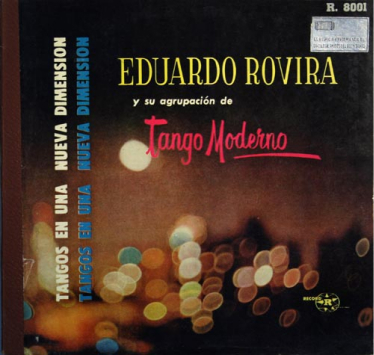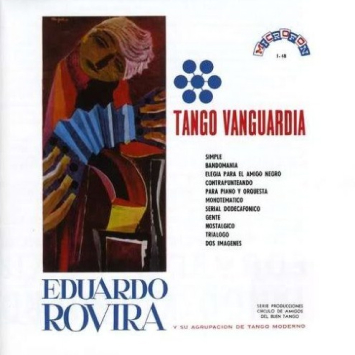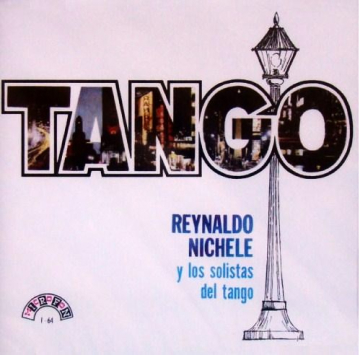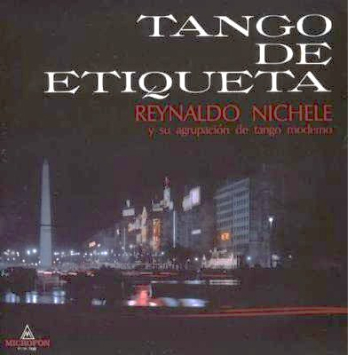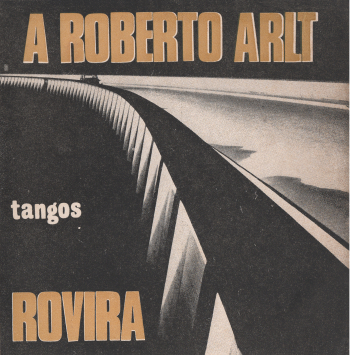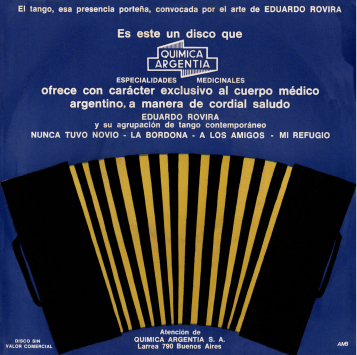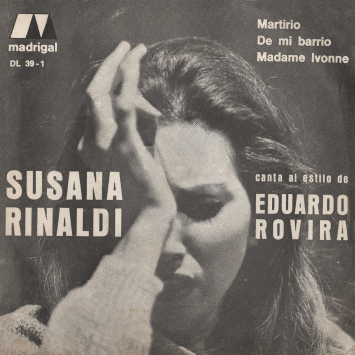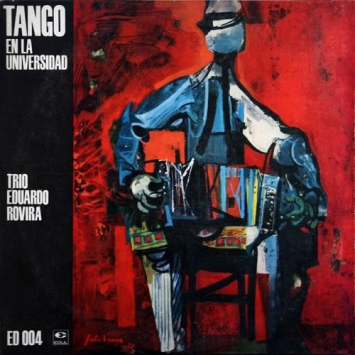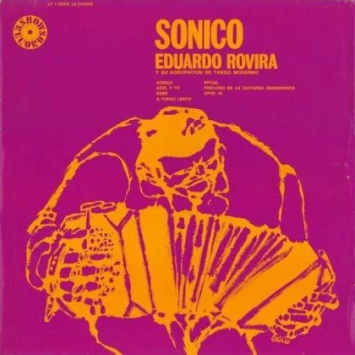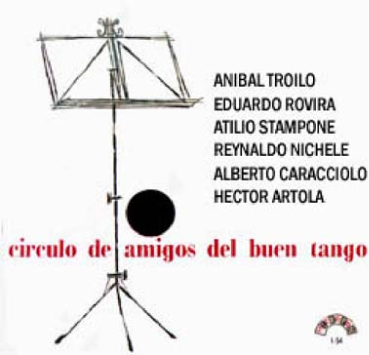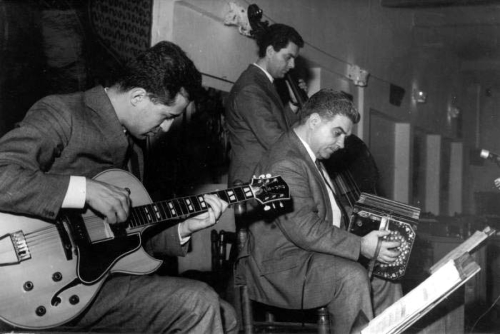
In the ’50s tango suffered a creative stagnation that coincided with changes in people’s consumption habits. The music industry, almost entirely in the hands of foreign companies, imposed a policy that prioritized the promotion of American artists as opposed to Argentine artists, especially if not suited to the consumption patterns of the time. In this context Rovira was one of the artists who reflected upon the problems posed to Argentinian music. These artists not only undertook an aesthetic search in their new compositions, but also repositioned the tango so that it could be “consumed” and appreciated as instrumental music, to be valued as music itself, without being associated with dance or literature and obviously trying to propose a way of creative freedom within the overall “stagnation” of the time.
It is interesting to observe the creative positions of Rovira and Piazzolla as two independent approaches to modern tango that were built upon elements of traditional tango. More than stylistic diversity or opposition between the two composers, what is evident is a parallel and autonomous work that sought to detach itself from traditionalism.3 In the music of Rovira there are practically no traces of his colleague in the creation of tango nuevo (Piazzolla). Rovira is no imitator of Piazzolla. He developed his own identity and it is only necessary to hear a few bars of his music in order to identify his beautiful and unique style.
Something that both Astor Piazzolla and Eduardo Rovira have in common is that both wrote their music for their own ensembles, with the same exacting nature as if they had been written for the classical music world. This meticulous way of writing can be compared with that of the most prestigious arrangers of tango, such as Héctor Artola and Argentino Galván, but the difference with those arrangers is that Rovira and Piazzolla were creating a highly thought-out tango avant-garde. Both were aware of the importance of their work, but Piazzolla was an outspoken promotor of his disruptive approach to tango, whereas Rovira never managed to project himself in the same way.
Despite their parallel history in the new tango, the two bandoneonists only met on two occasions: in 1961, when Piazzolla had gone to listen to Rovira at the Faculty of Medicine and Rovira invited him on stage, where Astor briefly improvised on Los mareados; and in 1966, when they performed the same evening at Gotán a café concert directed by Juan Cedrón. However, each was perfectly aware of the activities of the other. Rovira saw an admirable colleague in Piazzolla, and always referred to him that way, and Piazzolla considered Rovira to be a valuable innovator for whom he had great respect; he spoke of him in those terms on many occasions.
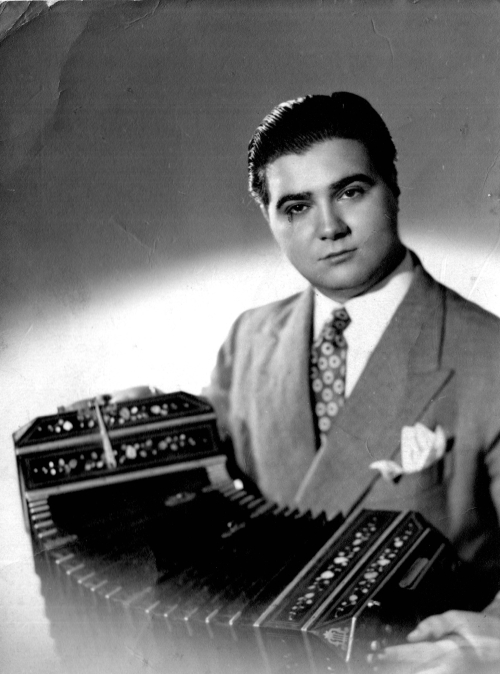
Rovira’s innovative project began in the 1960s, with the encouragement of a well-known promoter of the time, Eduardo Parula, who had recently been Piazzolla’s agent. Parula created the Círculo de Amigos del Buen Tango (the Circle of Friends of Good Tango) and, interested in modern tango, turned to Rovira as the only counterpart equivalent to Piazzolla. Parula supported Rovira with great effectiveness until his early death in 1964.
On his first LP, “Tango en una Nueva Dimension” in 1961, Rovira decided not to simply reinterpret traditional tangos, ignoring the “advice” of business managers and being absolutely uncompromising in his way of feeling tango. In 1963 came “Tango Vanguardia”, an important album where, according to the journalist Julio Nudler: “Creative dispersion reaches the highest level.” Truly revolutionary elements are included, such as serial dodecaphonics, where for the first time in the history of tango he used a dodecaphonic series such as those of Arnold Schoenberg.
Rovira’s innovative project began in the 1960s, with the encouragement of a well-known promoter of the time, Eduardo Parula, who had recently been Piazzolla’s agent. Parula created the Círculo de Amigos del Buen Tango (the Circle of Friends of Good Tango) and, interested in modern tango, turned to Rovira as the only counterpart equivalent to Piazzolla. Parula supported Rovira with great effectiveness until his early death in 1964.
On his first LP, “Tango en una Nueva Dimension” in 1961, Rovira decided not to simply reinterpret traditional tangos, ignoring the “advice” of business managers and being absolutely uncompromising in his way of feeling tango. In 1963 came “Tango Vanguardia”, an important album where, according to the journalist Julio Nudler: “Creative dispersion reaches the highest level.” Truly revolutionary elements are included, such as serial dodecaphonics, where for the first time in the history of tango he used a dodecaphonic series such as those of Arnold Schoenberg.
From 1965 Rovira formed a trio with Rodolfo Alchourrón on electric guitar and Fernando Romano on bass, using this – the typical formation of jazz – in tango. Later on, the trio recorded Sonico in 1968, and according to Oscar del Priore, who was producer of the disc “for the first time in the tango a set was recorded in which all the instruments were electronically amplified. Moreover, [Rovira] added a distortion pedal, which allowed him to achieve innovative sound effects”.
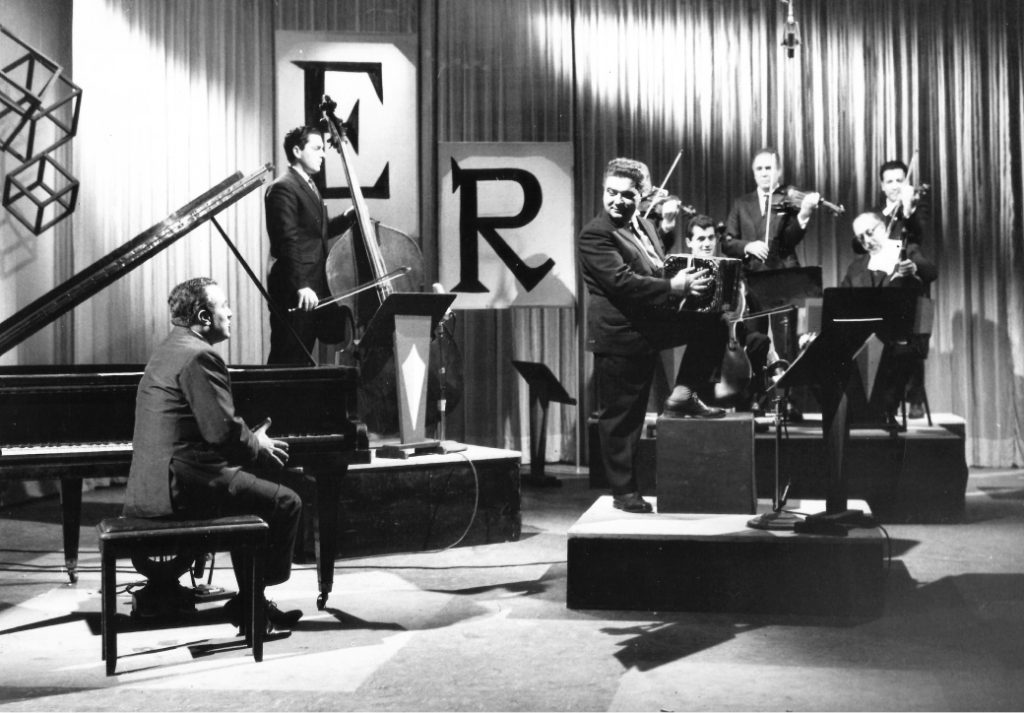
The few albums that Eduardo Rovira was able to record were published by independent labels, and they were not always able to capture the extreme finesse of his sound and the delicacy of the arrangements.1 Rovira’s followers content themselves with the fact that the breakdown of his aesthetic was much deeper than the search performed by Astor. His purpose was to compose and play music; he never showed much interest in achieving transcendence (…) Ricardo García Blaya tells us regarding Rovira: “He was a musician who risked popularity based on an evolutionary search of the genre, who played with musical ideas, without looking to the sides”.
Piazzolla had more media exposure; Rovira’s profile was more discreet. Perhaps that is why Piazzolla was considered more of a danger to tango and the traditionalists attacked him with greater insistence. Both of them were a part of the same nocturnal music scene of 1960’s Buenos Aires, including small venues and café concerts, which began to close towards the end of the decade. Later, their disparate characters led them to different destinations: Piazzolla to Italy to fight on the international scene and Rovira to the provincial city of La Plata, to immerse himself in his music. The pompous fame of Piazzolla cast a shadow over Rovira in the adventure of renewing tango. Rovira suffered from the indifference of the general tango public at a time when the decline of the music of Buenos Aires as the favorite of the masses started. However, his work was like a gem ready to be discovered and to astonish those who have the same curiosity and nonconformity of the so established.1
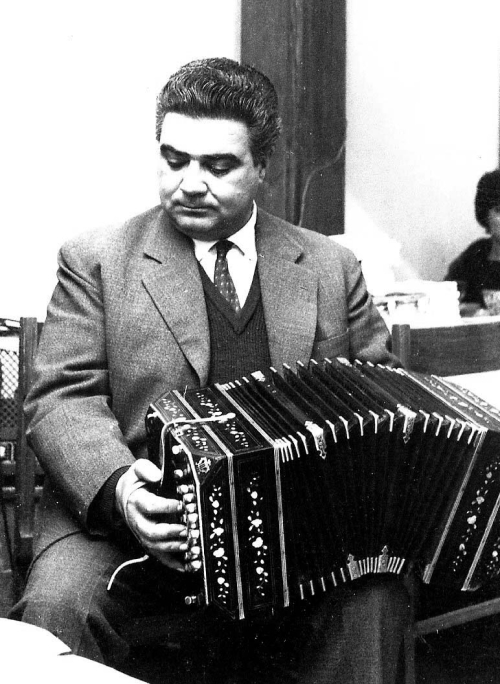
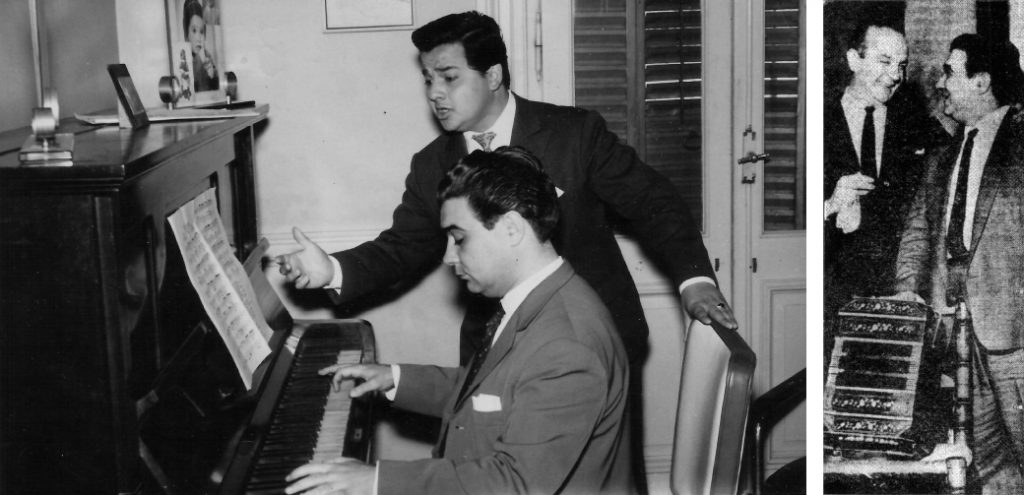
1 Eduardo Rovira, A humble music worker, Carlos M. Rosa
2 Eduardo Rovira and the repositioning of tango in the ’50’s and ’60‘s, Paula Mesa
3Eduardo Rovira La Otra Vanguardia, Omar García Brunellia
4Rovira and Piazzolla: A false controversy, Omar García Brunelli
